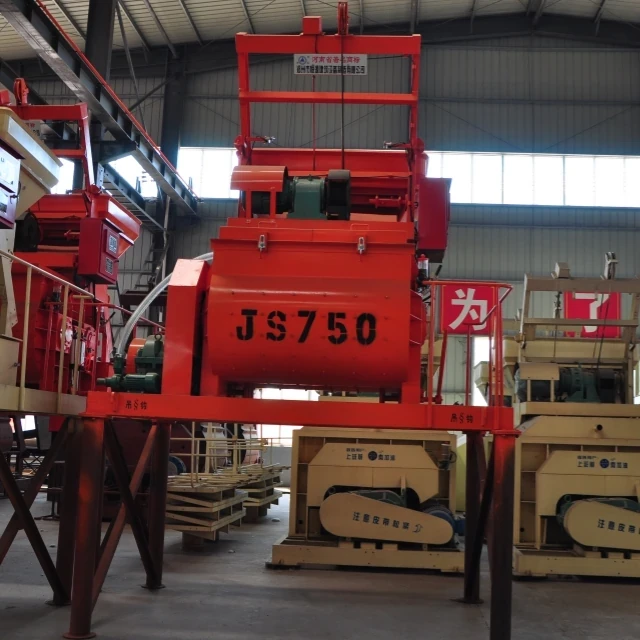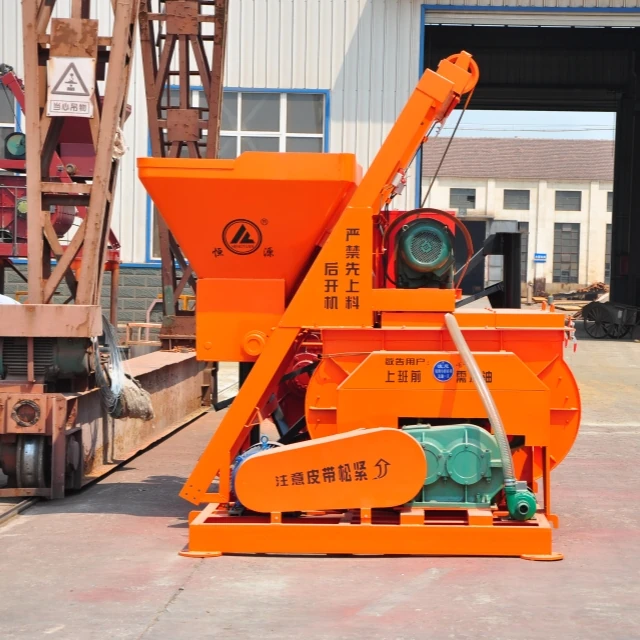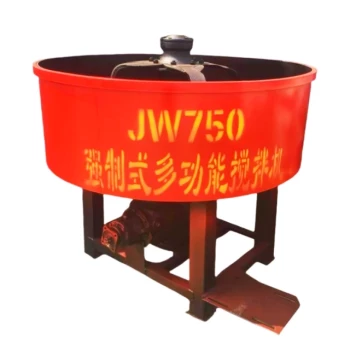Concrete hoppers are the unsung heroes of construction sites, but slow discharge rates can bottleneck entire operations. This guide reveals proven strategies to enhance material flow—from geometry tweaks to operational sync—while keeping costs in check. Whether you're battling clogging or evaluating capacity upgrades, these solutions balance technical viability with budget realities.
Optimizing Hopper Design for Faster Discharge
Lead Conclusion:
The shape and structure of your hopper directly dictate discharge speed. Focus on three leverage points: geometry, modularity, and material science.
Material Flow Dynamics in Hopper Geometry
- Funnel Angles Matter: A 60° slope (minimum) prevents concrete from "arching" over openings. Steeper angles (70°–75°) work better for sticky mixes.
- Discharge Gate Design: Opt for radial gates over slide gates—they create less friction and distribute pressure evenly.
- Wall Smoothness: Polyurethane-lined hoppers reduce adhesion by 40% compared to steel, per field tests.
Ever noticed how honey slides off a tilted spoon? That’s the ideal flow you want—consistent and residue-free.
Modular vs. Fixed Storage Solutions
| Feature | Modular Hoppers | Fixed Hoppers |
|---|---|---|
| Flexibility | Adjust capacity per project | Lower upfront cost |
| Discharge | Faster cleaning/changeover | More prone to material buildup |
| ROI | 18–24 months for high-turnover sites | Better for static plants |
Pro Tip: Modular units like Garlway’s interlocking systems let crews swap sections without downtime—critical for projects with varying mix designs.
Operational Strategies Beyond Hardware Upgrades
Lead Conclusion:
Even the best hopper underperforms without smart operational habits. Sync batching cycles and maintenance to cut discharge times by up to 30%.
Synchronizing Batching and Discharge Cycles
- Timed Dumping: Schedule deliveries to match peak discharge windows (e.g., post-batching).
- Load Sensors: Install weight monitors to trigger pre-emptive gate openings before overfill.
- Team Training: Teach crews the "5-Minute Rule"—clean gates and inspect slopes after every 5 loads.
Preventative Maintenance to Minimize Clogging
- Weekly: Pressure-wash corners where buildup exceeds 2 inches.
- Monthly: Check gate hydraulics for slow response times (a 0.5-second delay wastes ~8% of cycle time).
- Quarterly: Replace worn liners before abrasion increases friction by >15%.
Think of your hopper like a coffee grinder: neglect cleaning, and residue slows every future batch.
Evaluating Cost-Benefit Trade-Offs
Lead Conclusion:
Investments in hopper upgrades should clear ROI within 2 years. Prioritize changes that align with your safety and output targets.
ROI Analysis of Hopper Capacity Expansion
- Small Sites (≤50 loads/day): Modular add-ons yield ~$12,000 annual savings in labor hours.
- Large Plants (200+ loads/day): Fixed hopper expansions cost 60% less per cubic yard but require shutdowns for installation.
Case Study: A Texas contractor reduced discharge time from 8 to 5 minutes by upgrading to a Garlway tapered hopper, breaking even in 14 months via saved overtime.
Compliance with Industry Safety Standards
- OSHA Rule: Hoppers >4 feet tall need guardrails or 42-inch barriers.
- ASTM C94: Requires discharge gates to open fully within 10 seconds to prevent partial flow.
Key Takeaways: Balancing Speed and Budget
- Geometry First: Adjust angles and liners before buying new equipment.
- Operational Discipline: Sync batching with discharge and stick to maintenance schedules.
- ROI-Focused Upgrades: Choose modularity for variable needs; expand fixed units only for long-term demand.
For sites needing reliability, Garlway’s reinforced hoppers handle high-volume discharge while meeting ASTM specs—no clogs, no compliance headaches.
Final Thought: Faster discharge isn’t just about hardware—it’s a dance between design, habits, and smart investments. Where will you start optimizing?
Related Products
- Portable Concrete Mixer Machine Equipment for Mixing Concrete
- Hydraulic Concrete Mixer Machine Cement Mixing Equipment for Mixture Concrete
- Concrete Cement Mixer Machine Drum Mixer for Construction
- HZS25 Best Cement Mixer for Quick Mix Concrete at Bunnings
- Construction Products Concrete Plant Machine Mixing Concrete Mixer
Related Articles
- Optimizing Infrastructure Efficiency: How to Choose Between Concrete and Stabilized Soil Mixing Plants
- How to Prevent Buffering Component Failures in Concrete Mixing Cylinders: Proactive Strategies That Work
- How to Prevent Structural Failures and Explosions in Concrete Plants: A Safety-First Guide
- How to Prevent Cold-Weather Lubrication Failures in Concrete Mixing Stations
- How to Verify Fasteners and Connectors in Concrete Mixers: A Safety-First Approach

















